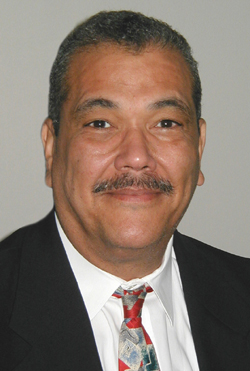
Lawson to lead Meharry-Vanderbilt Alliance fund-raising
Jim Lawson was recently appointed deputy director of the Meharry-Vanderbilt Alliance Foundation. Lawson, former director of Community Initiatives and Development for the Alliance, will continue his role in community relations and will now focus on fund-raising and program development projects.
Prior to his term as director of Community Initiatives and Development, he served as director of Human Resources Programs for Vanderbilt. Despite various other leadership positions in banking and management throughout his career, his passionate emphasis on diversity in business and medical education has remained constant.
Lawson, a Fisk University alumnus, intends to revitalize the Alliance Foundation by raising revenue through a novel, two-pronged plan. He intends to pursue existing philanthropic and other grant opportunities available to the Alliance, as well as to develop business partnerships between the Alliance and interested corporations.
“The addition of Jim Lawson adds a depth and set of skills and experiences that we did not have available to the Alliance before now,” said Dr. Clifton K. Meador, executive director of the Meharry-Vanderbilt Alliance.”
Drs. Harry R. Jacobson, vice chancellor for Health Affairs, and John E. Maupin, president of Meharry Medical College, spearheaded the Meharry-Vanderbilt Alliance, established in 1999.
“I truly appreciate the confidence in my leadership that Drs. Jacobson, Maupin and Meador, as well as the deans of the medical and nursing schools have collectively shown,” Meador said.
This collaboration provides an extended medical opportunity to students of both campuses. Meharry, a leader in family medicine, and Vanderbilt, a leader in subspecialty education, have pooled their strengths to offer a diverse curriculum to students from both institutions. By combining the patient-pool between the two institutions, the Alliance also allows researchers to select more demographically diverse populations when studying basic mechanisms and trends in disease.













